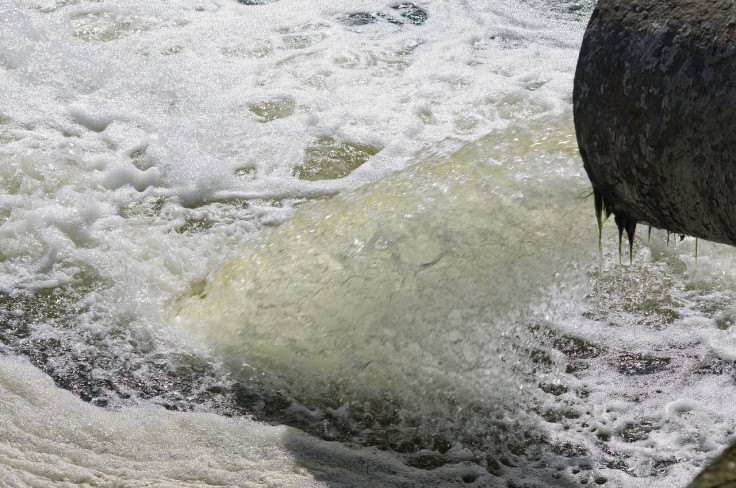
The discharge from the Tijuana River has become a major problem for the people of San Diego, as untreated sewage continues to flow into the beaches of the city. Just in June, more than 14.5 billion gallons of untreated raw sewage seeped into the shores from Mexico, according to the International Boundary and Water Commission.
And now, a new spot called "Goat Canyon" is responsible for at least one million gallons more every day, according to Border Report.
Goat Canyon: A New Hot Spot of Untreated Sewage Water from the Tijuana River
The International Boundary and Water Commission (IBWC) says at least a million gallons of water tainted with raw sewage from Mexico have been flowing daily into the Tijuana River Valley through an area known as "Goat Canyon."
According to Imperial Beach Mayor Paloma Aguirre, the flow is a result of a $33.3 million treatment plant that is being built in Tijuana, one of several projects underway south of the border to mitigate sewage flows. According to Reuters, the plant is scheduled to come online by September 30
The IBWC says it is "pushing Mexico to complete these projects as quickly as possible and eliminate or minimize diversions of flow to the Tijuana River."
Goat Canyon is about half a mile from the ocean. Consequently, a lot of the sewage-tainted water coming into the U.S. through this area will get to the Pacific Ocean forcing the closure of beaches in Imperial Beach, California, and others north of the border.
A Sewage Crisis Years in the Making
The San Diego sewage crisis is rooted in decades of infrastructure neglect. San Diego Coastkeeper, an organization that protects and restores swimmable, drinkable, fishable waters in San Diego County, has been studying the crisis for years and points to "the complex interplay of rapid urbanization, inadequate infrastructure, and strained binational relations" to explain the causes behind it:
"The core of the issue lies in the sewage treatment plant's inability to cope with the volume of wastewater generated by Tijuana's rapid population growth and urban expansion. Many of the city's sewer lines and the treatment facility itself are antiquated and were not designed to handle such a heavy load, leading to frequent overflows and breakdowns."
The NGO also attributes much of the failure to address the San Diego sewage crisis to "regulatory and management failures" and recommends "more stringent oversight and coordination between the U.S. and Mexico to ensure that both preventative measures and responsive actions are timely and effective."
A recent Senate Joint Resolution authored by Senator Steve Padilla (D-District 18) was passed urging the CDC to investigate this sewage crisis. "The pollution threatens the very water that we drink and the air that we breathe," said Padilla. "This is not just an environmental disaster: it is a public health crisis."
© 2024 Latin Times. All rights reserved. Do not reproduce without permission.





!["[T]he First and Fifth Amendments Require ICE to Provide Information About the Whereabouts of a Detained Person"](https://images.inkl.com/s3/publisher/cover/212/reason-cover.png?w=600)

